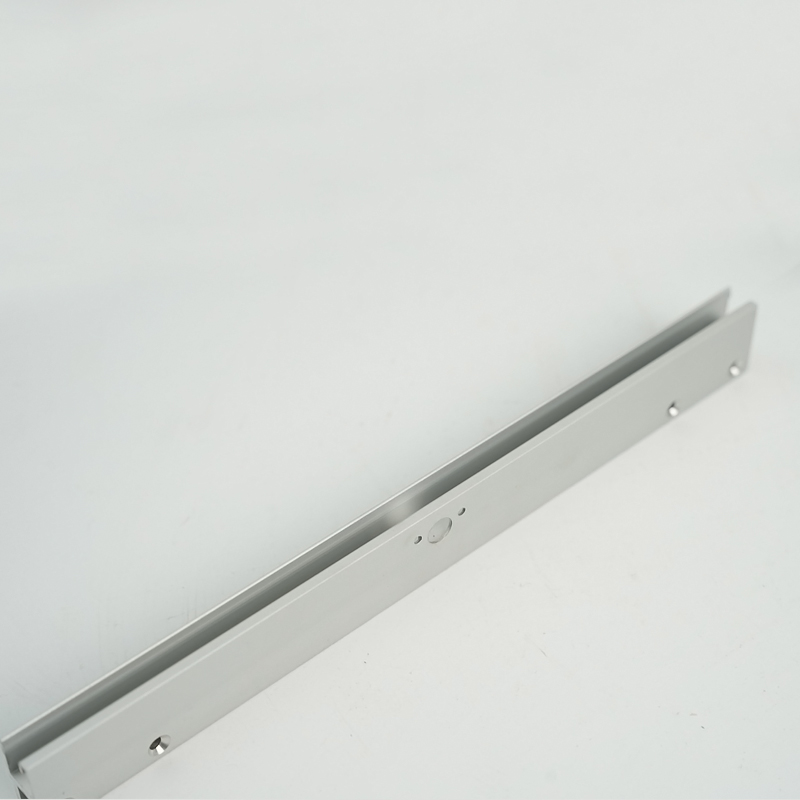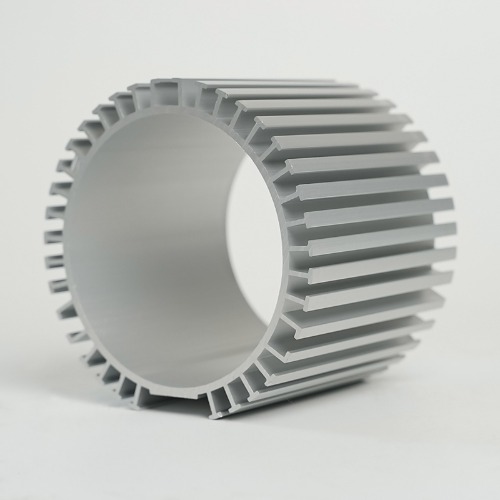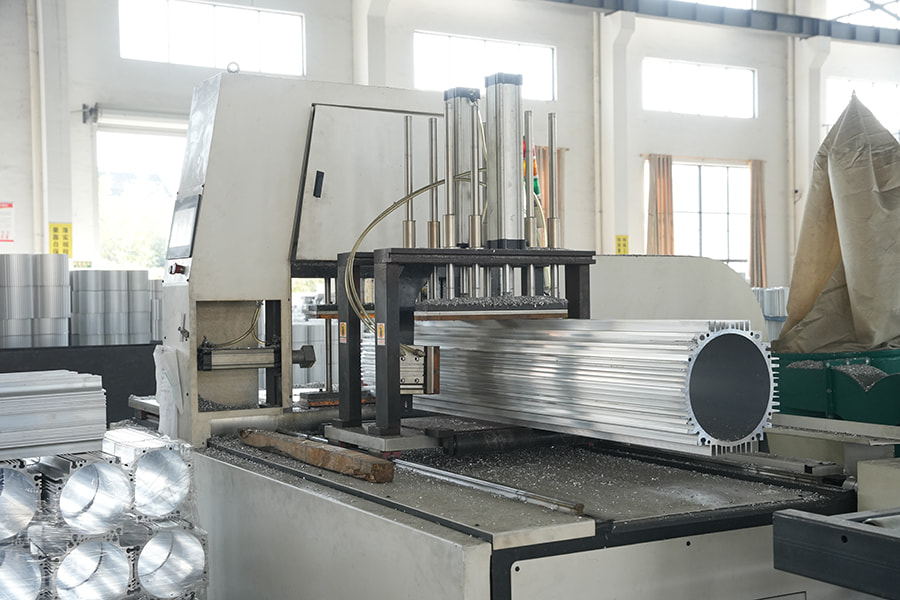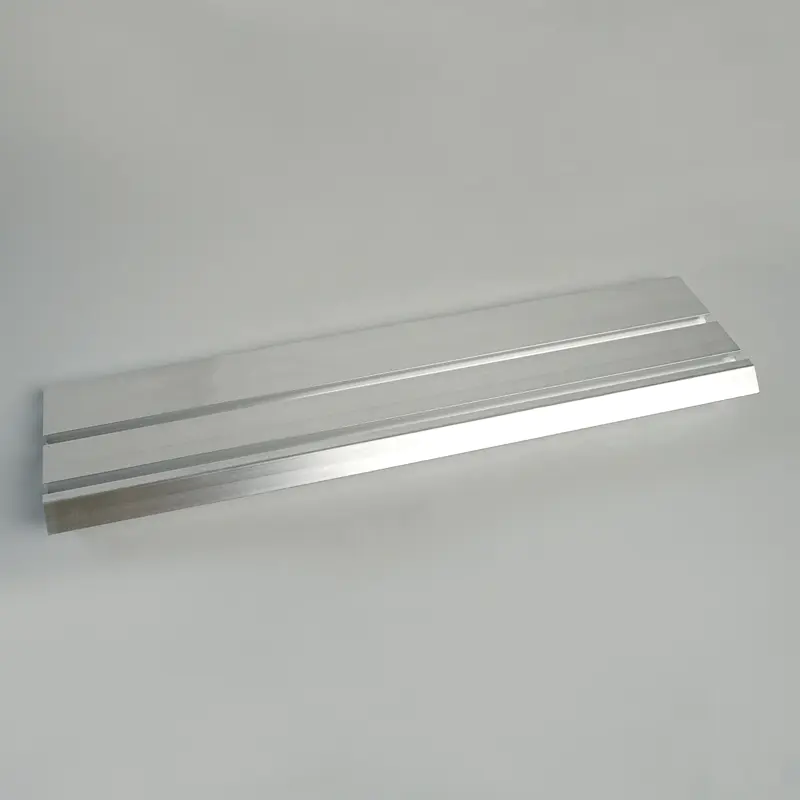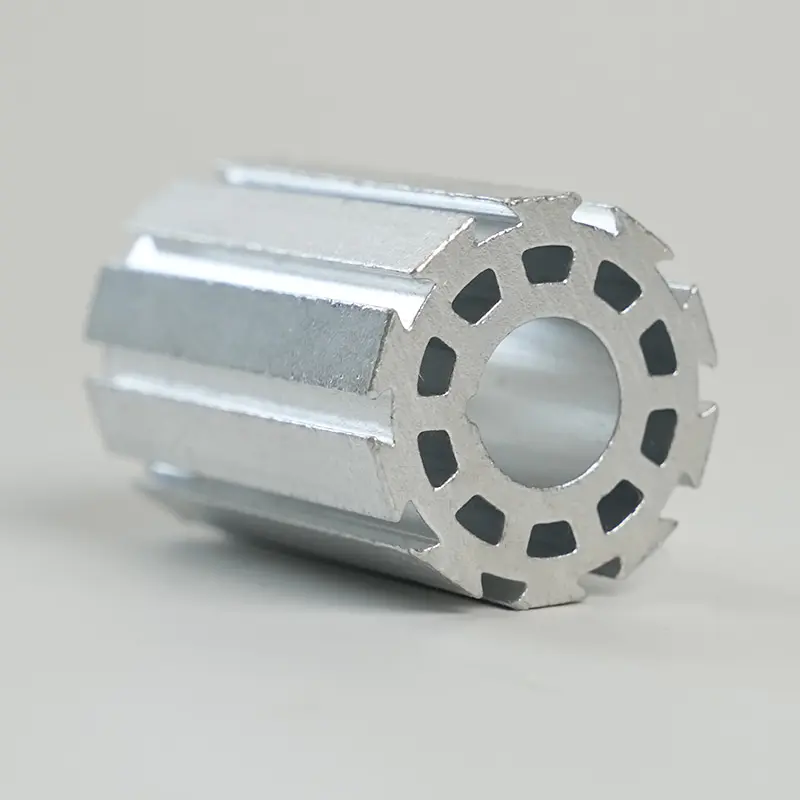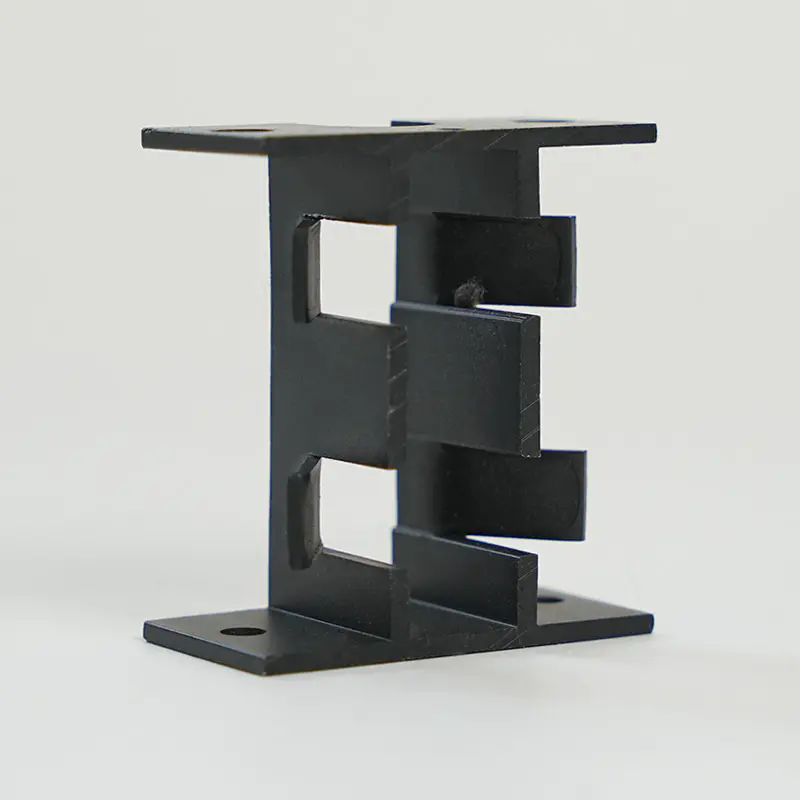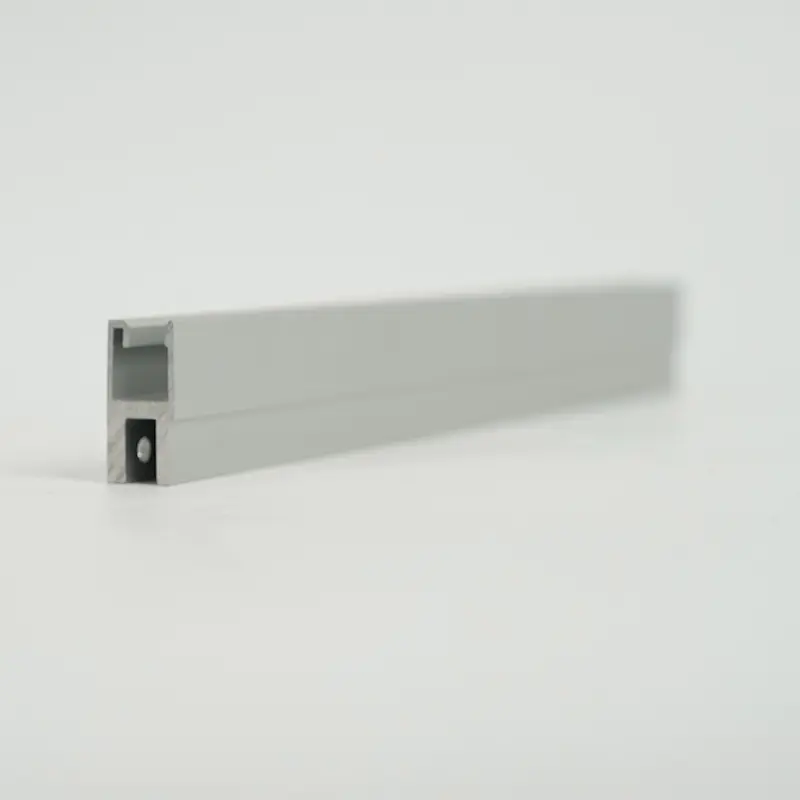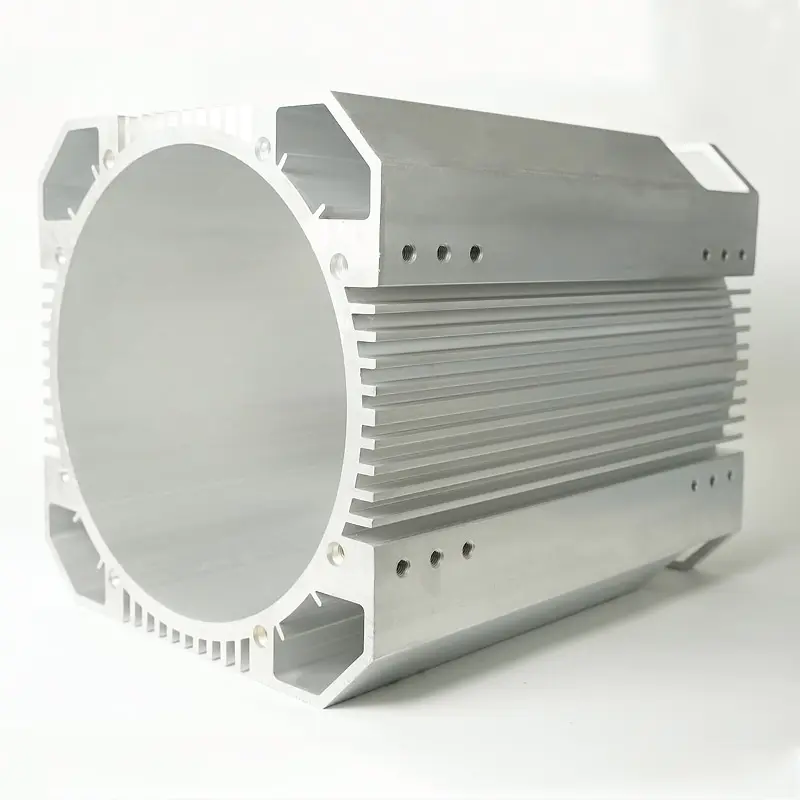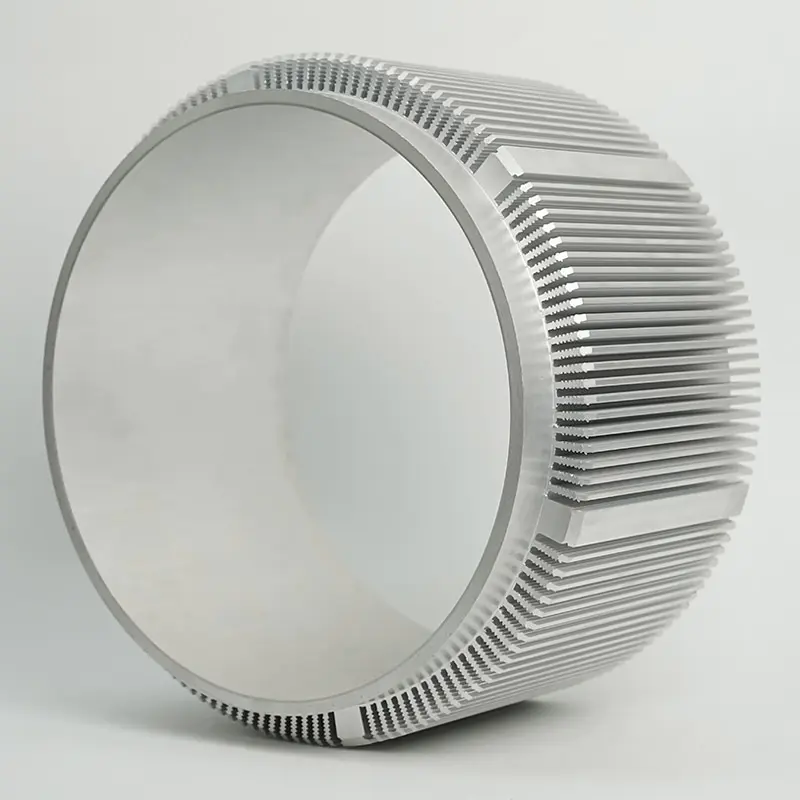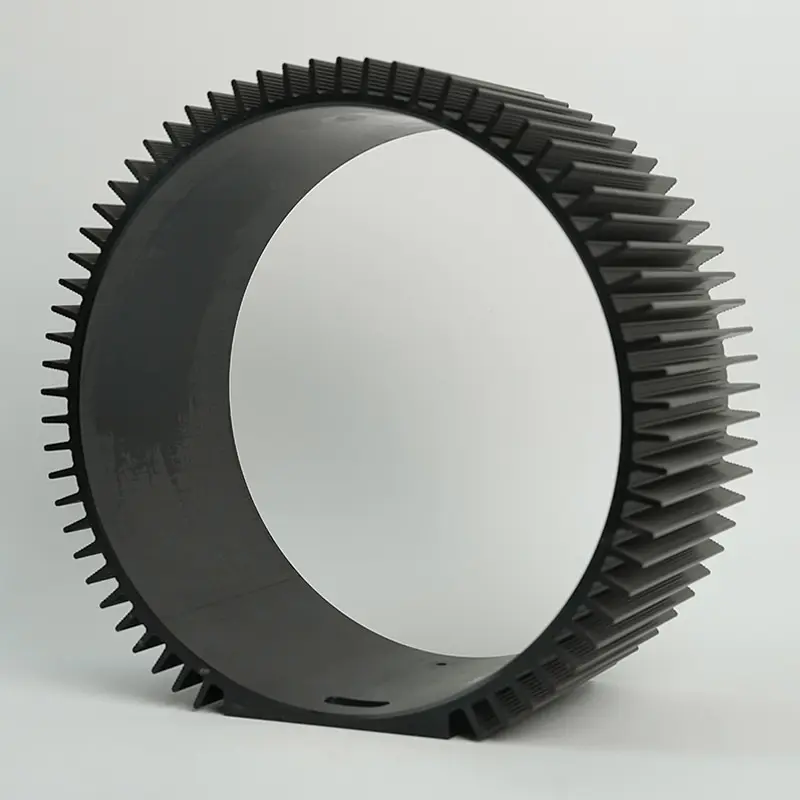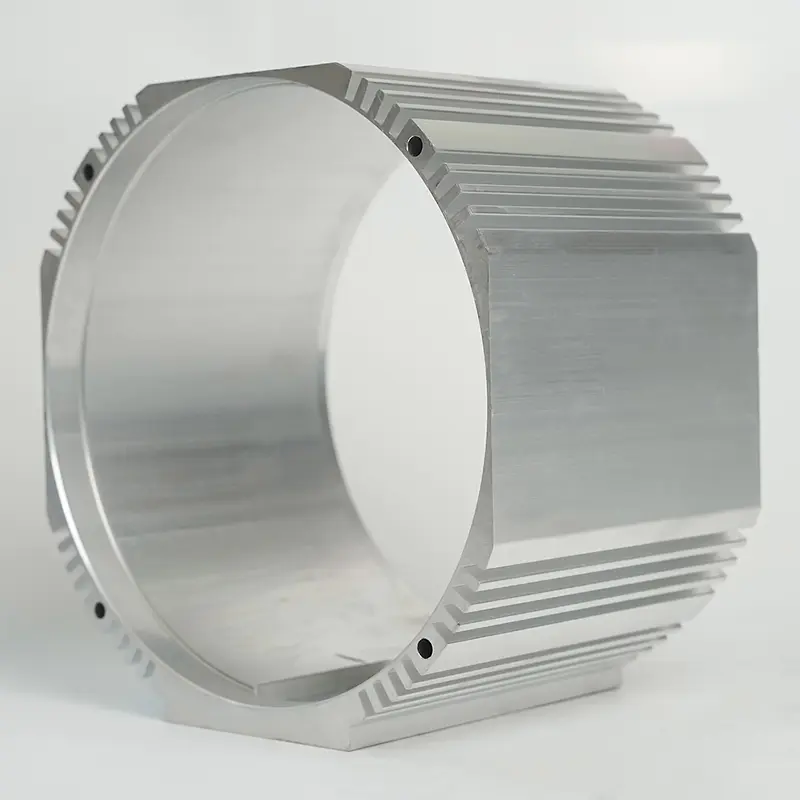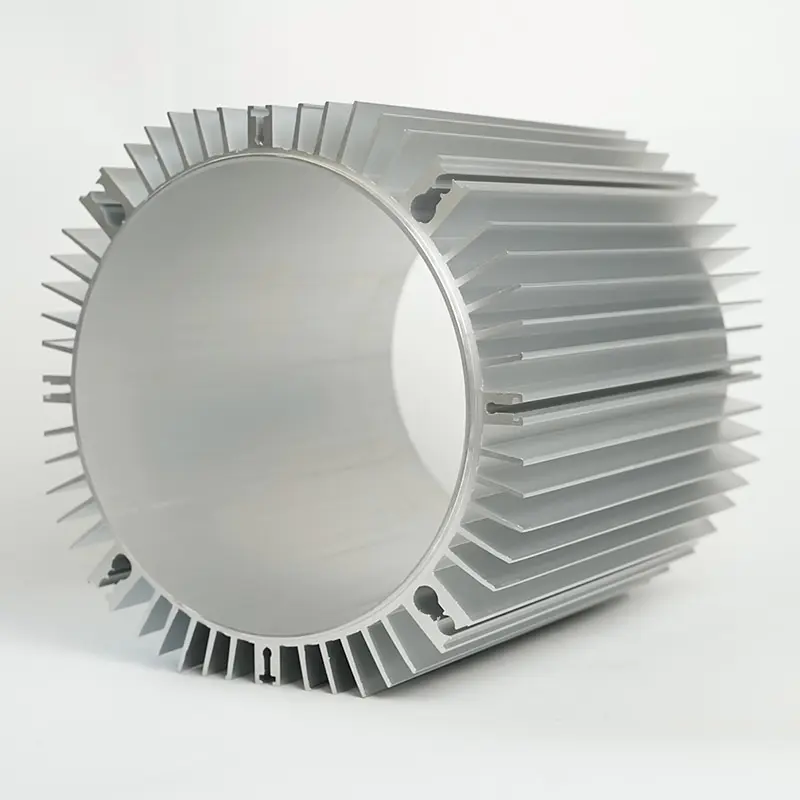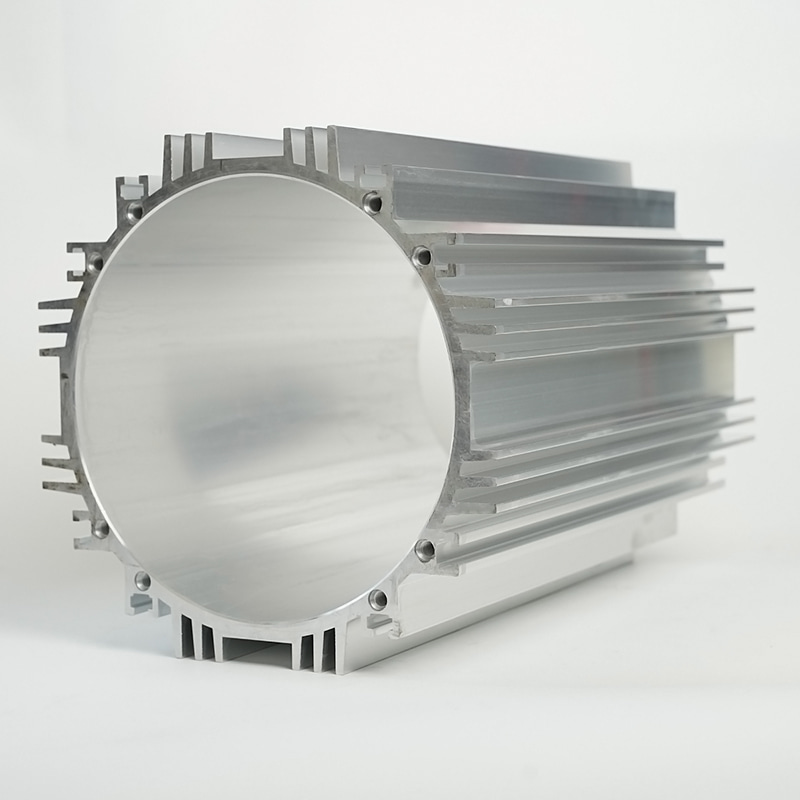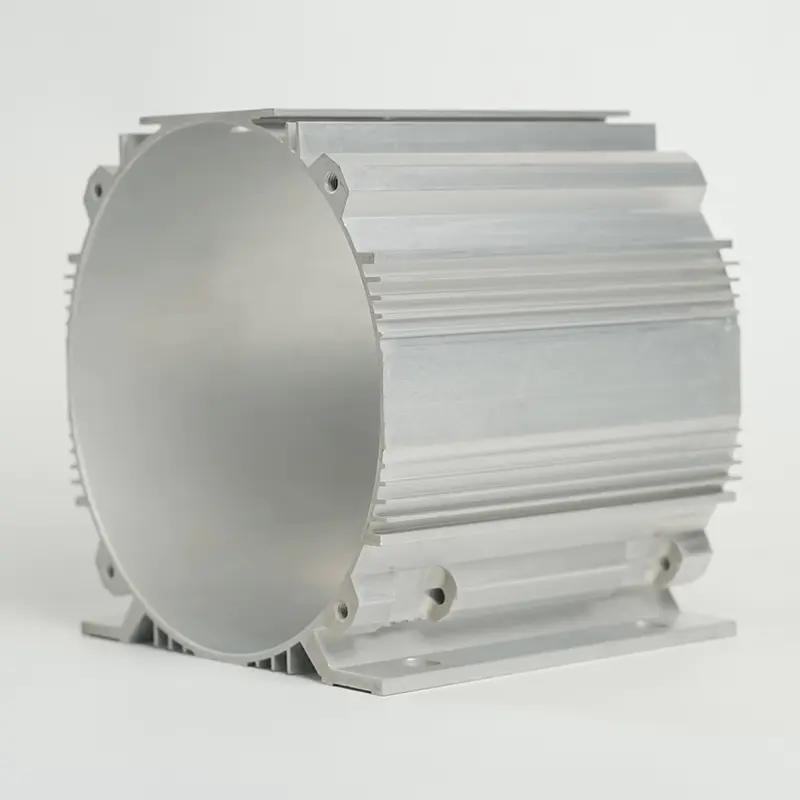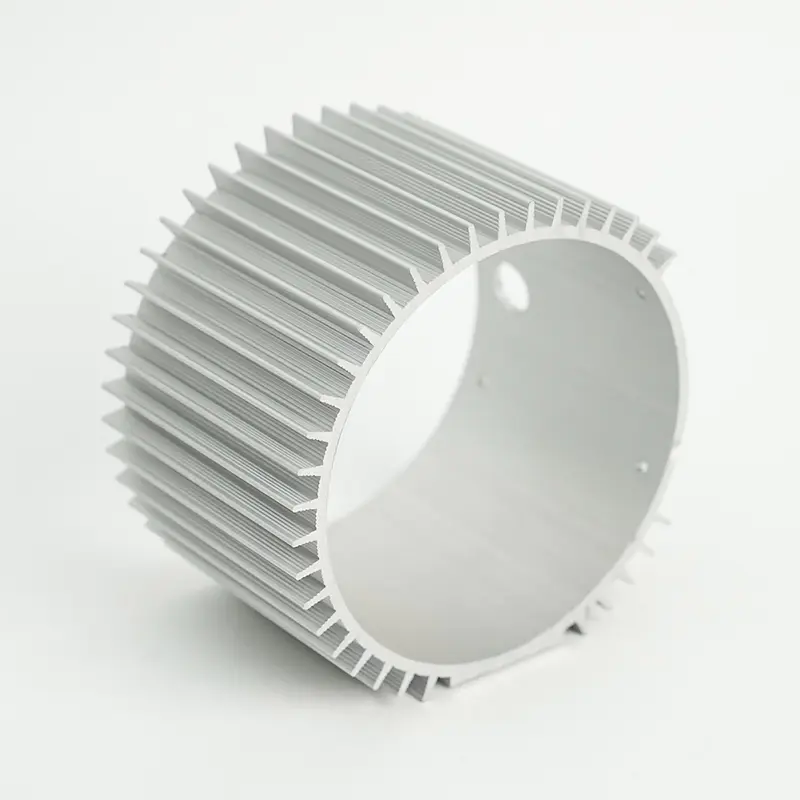The electric vehicle (EV) revolution is reshaping the automotive landscape, placing unprecedented demands on every component, especially the electric motor. At the heart of this powerful system lies a critical yet often overlooked element: the motor housing. This component does far more than just contain the motor; it ensures its performance, longevity, and safety. Among various material options, aluminum motor housing has emerged as the undisputed industry standard. This article delves into the engineering principles, material advantages, and economic factors that solidify aluminum's position as the premier choice for protecting the powerful hearts of modern electric vehicles.
Unlocking Superior Thermal Management for EV Motors
Perhaps the most critical challenge in EV motor design is managing the immense heat generated during operation. Excessive heat degrades magnets, damages windings, and insulations, and drastically reduces motor efficiency and lifespan. This is where the inherent properties of aluminum become indispensable. Aluminum's exceptional thermal conductivity, approximately 50% higher than that of cast iron, allows it to act as a massive heat sink. It efficiently pulls heat away from the stator and rotor, dissipating it into the surrounding environment or towards integrated cooling jackets. This passive cooling effect is crucial for maintaining optimal operating temperatures, especially during high-load scenarios like rapid acceleration or climbing. Effective thermal management directly translates to consistent power output, enhanced safety, and greater long-term reliability, making it a non-negotiable feature for EV manufacturers.
- Heat Dissipation: Aluminum's high thermal conductivity quickly transfers heat away from critical internal components, preventing hot spots.
- Integrated Cooling Channels: Die-cast aluminum housings can be designed with complex internal passages for liquid cooling, drastically improving heat exchange efficiency.
- Weight-to-Cooling Ratio: Aluminum provides the best cooling performance per unit of weight, a key metric in EV design where every kilogram matters.
Comparing Thermal Properties of Housing Materials
To understand why aluminum is superior for thermal management, it's essential to compare its key properties against other potential materials. The following table illustrates the stark differences that make aluminum the optimal choice. While materials like steel offer high strength, their poor thermal conductivity makes them unsuitable for managing the heat loads in an EV motor. Magnesium, though light, presents challenges with corrosion and cost that aluminum does not.
| Material | Thermal Conductivity (W/m·K) | Density (g/cm³) | Suitability for EV Thermal Management |
| Aluminum Alloy | 150 - 220 | 2.7 | Excellent (Ideal balance of conductivity and weight) |
| Cast Iron | 50 - 60 | 7.1 | Poor (Too heavy, low conductivity) |
| Carbon Steel | 45 - 65 | 7.8 | Poor (Too heavy, low conductivity) |
| Magnesium Alloy | 90 - 130 | 1.7 | Good (Lower conductivity than Al, corrosion issues) |
The Critical Advantage of Weight Reduction in EVs
In the world of electric vehicles, weight is the eternal enemy of efficiency. Every kilogram added to the vehicle's mass requires more energy to accelerate and decelerate, directly reducing the driving range per charge. The lightweight aluminum motor housing provides a significant advantage here. Aluminum is approximately one-third the density of steel, allowing for a substantial reduction in the unsprung mass of the drivetrain. This weight saving is not just about the housing itself; it creates a virtuous cycle. A lighter motor housing can lead to a lighter overall chassis and suspension system, further amplifying the gains in range. For consumers, this translates directly into fewer visits to charging stations and lower operating costs. For manufacturers, it means being able to meet stringent efficiency regulations or potentially using a smaller, less expensive battery pack to achieve a target range, which is a major cost-saving factor.
- Extended Range: Reducing mass is one of the most effective ways to improve an EV's energy efficiency and maximize its range on a single charge.
- Enhanced Performance: Lighter components improve vehicle dynamics, handling, and acceleration due to a better power-to-weight ratio.
- Overall Vehicle Design: Weight savings in the motor can be reallocated to other features like enhanced safety systems or more interior amenities without compromising total vehicle weight.
Exploring Aluminum Housing Manufacturing Processes
The dominance of aluminum is also facilitated by advanced and cost-effective manufacturing processes that are perfectly suited to high-volume EV production. The two primary methods for creating aluminum die cast motor housing units are high-pressure die casting (HPDC) and low-pressure die casting (LPDC), each with distinct advantages. HPDC is renowned for its incredible production speed and ability to create parts with complex geometries, thin walls, and excellent surface finish in a single step. This makes it ideal for the intricate shapes needed for cooling fins and internal channels. LPDC, on the other hand, produces parts with less porosity and higher mechanical strength, which might be chosen for applications demanding extreme structural integrity. The choice of process allows engineers to tailor the housing's properties to specific performance requirements while maintaining economic viability for mass production.
- High-Pressure Die Casting (HPDC): Best for high-volume production of complex, thin-walled shapes with integrated features.
- Low-Pressure Die Casting (LPDC): Offers superior mechanical properties and lower porosity, ideal for highly stressed components.
- Sand Casting: Used for very large or low-volume prototype housings where tooling cost for die casting is prohibitive.
- Extrusion: Sometimes used for creating simpler, uniform profiles that can be machined and assembled into a housing structure.
HPDC vs. LPDC for EV Motor Housings
Selecting the right die-casting method is a crucial decision in the design phase. The choice balances factors like part complexity, required mechanical properties, production volume, and cost. High-Pressure Die Casting is the go-to for most high-volume EV applications due to its speed and design flexibility. However, for performance motors where the housing is a critical structural element, Low-Pressure Die Casting might be specified for its enhanced integrity. The following table breaks down the key differences to illustrate typical use cases.
| Parameter | High-Pressure Die Casting (HPDC) | Low-Pressure Die Casting (LPDC) |
| Production Speed | Very High | Moderate |
| Part Complexity | Excellent (thin walls, fine details) | Good (less detail than HPDC) |
| Mechanical Strength | Good | Excellent |
| Porosity | Higher (can be mitigated with vacuum assist) | Lower |
| Typical Application | High-volume production housings | Performance or aerospace motor housings |
Durability and Corrosion Resistance in Harsh Environments
An EV motor housing must be a fortress, protecting sensitive electromagnetic components from the external environment while lasting the lifetime of the vehicle. Aluminum naturally forms a thin, hard layer of oxide on its surface when exposed to air. This layer is highly stable and prevents further oxidation, providing excellent resistance to corrosion from moisture, road salts, and chemicals. This inherent trait can be further enhanced through various aluminum housing corrosion resistance treatments such as chromate conversion coating (Alodine) or powder coating. This durability ensures that the housing maintains its structural integrity and protective qualities even in the most demanding climates, preventing premature failure and ensuring long-term reliability. This reduces the total cost of ownership for the consumer and minimizes warranty claims for the manufacturer.
- Natural Oxide Layer: Provides a passive shield against corrosive elements, ensuring long-term integrity.
- Surface Treatments: Anodizing or powder coating can be applied to enhance surface hardness and corrosion resistance even further for extreme environments.
- Impact Resistance: Aluminum alloys can be formulated to provide excellent toughness, protecting the motor from physical damage from road debris or minor impacts.
Shielding Against Electromagnetic Interference (EMI)
Electric motors are potent sources of electromagnetic interference (EMI), which can severely disrupt nearby sensitive electronics, such as the vehicle's onboard computers, sensors, and communication systems. A key but often unseen function of the EMI shielding aluminum housing is to act as a Faraday cage. As a conductive material, aluminum effectively contains the electromagnetic fields generated by the alternating currents within the motor. This shielding is crucial for electromagnetic compatibility (EMC), ensuring that the EV's numerous digital systems operate without interference. Without proper shielding, critical signals could be corrupted, leading to malfunctions, error codes, and a compromised driving experience. The use of a single, seamless die-cast aluminum housing provides a superior and continuous shield compared to assemblies made from multiple parts.
- Faraday Cage Effect: The conductive housing traps electromagnetic fields inside, preventing them from radiating out and interfering with other electronics.
- Seamless Design: Die-casting allows for a one-piece construction that minimizes gaps and seams, which are potential leakage points for EMI.
- Grounding: The housing provides a perfect grounding path for electrical noise, further enhancing its shielding effectiveness.
FAQ
Why is aluminum better than plastic for EV motor housings?
While certain high-performance plastics are used in some automotive applications, aluminum is overwhelmingly superior for EV motor housings due to three critical reasons: thermal management, structural integrity, and EMI shielding. Plastics are generally thermal insulators, meaning they would trap heat inside the motor, leading to rapid overheating and failure. Aluminum, as a conductor, pulls heat away. Secondly, the structural strength and stiffness of aluminum are necessary to support the powerful internal components and maintain precise tolerances under high torque loads and vibration. Lastly, aluminum is an inherent conductor that provides essential electromagnetic interference (EMI) shielding, which plastics cannot offer unless coated with a conductive material, adding cost and complexity.
Are there any disadvantages to using aluminum for motor housings?
The primary trade-off with aluminum, compared to materials like steel, is its lower raw material strength and hardness. However, this is effectively mitigated through intelligent engineering. Engineers use specific high-strength aluminum alloys and design the housing with strategic ribbing, thicker sections, and optimized geometries to achieve the necessary stiffness and strength. Furthermore, while the raw material cost of aluminum can be higher than iron, the total cost is often lower due to the savings in manufacturing (e.g., faster casting cycles) and the downstream benefits of weight reduction (e.g., increased range, smaller battery size). Therefore, when viewed from a full-system perspective, the advantages far outweigh the initial material considerations.
How does the cost of an aluminum housing compare to other materials?
When evaluating cost, it's crucial to look beyond the simple price per kilogram of the raw material. A total value engineering analysis reveals that aluminum motor housing often provides a lower total cost. Although the raw aluminum alloy may be more expensive than cast iron, aluminum's lower density means you use less material by volume. More importantly, the high-pressure die-casting process for aluminum is extremely fast and efficient, leading to lower per-part manufacturing costs at high volumes. The most significant savings are realized in the vehicle's operational phase: the weight reduction directly improves energy efficiency, allowing automakers to potentially use a smaller, less expensive battery pack to achieve the same driving range, which is a massive cost saving.
Can aluminum motor housings be recycled?
Yes, this is one of aluminum's most significant environmental advantages. Aluminum is 100% recyclable without any loss of its inherent properties. The recycling process for aluminum requires only about 5% of the energy needed to produce primary aluminum from bauxite ore. At the end of an electric vehicle's life, the aluminum motor housing can be easily separated and recycled back into high-quality material for new castings, creating a closed-loop lifecycle. This superb recyclability significantly reduces the overall carbon footprint of the vehicle manufacturing process and aligns perfectly with the sustainable ethos of the electric mobility industry.
What are the main design considerations for an aluminum EV motor housing?
Designing an effective housing is a complex multi-disciplinary effort. Key considerations include: Thermal Design: Integrating efficient cooling paths (e.g., water jackets) and maximizing surface area for heat dissipation. Structural Analysis: Ensuring the housing can withstand torque reactions, vibrations, and shock loads without deflecting beyond acceptable limits. EMI/RFI Shielding: Designing for continuity and effective sealing at joints to contain electromagnetic emissions. Manufacturability: Designing the part for the die-casting process, incorporating appropriate draft angles, and minimizing wall thickness variations. Assembly Integration: Including precise mounting points for the motor, bearings, and other vehicle components, and ensuring sealing surfaces for weatherproofing.


 English
English Español
Español
